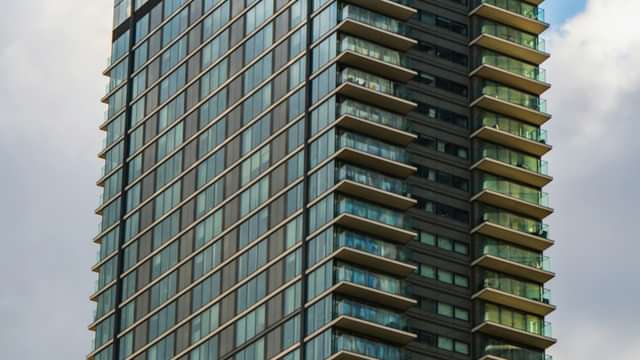Japanese knotweed, which we have written about here before, continues to cause problems for landowners. It is notoriously difficult to remove from a contaminated site. If knotweed is present on your property, this may lead to a diminution in value of in the region of 5-10%. Even if knotweed is not present, the concern that it may spread from a neighbouring site may deter a potential buyer or make a funder less willing to lend.
It was beautiful…once
As its name suggests, Japanese knotweed is native to East Asia. It is not as invasive in its native habitat, due in part to the presence of a fungus that keeps the plant in check. Apparently, it is even widely used in Japanese cooking. It pickles well and the young shoots have a similar taste to rhubarb. The canes are attractive and it produces pretty white flowers in spring, which led to the Victorians introducing it as an ornamental plant to British gardens.
Sadly, that’s where the story starts to turn sour. It was quickly recognised that knotweed spread vigorously via a network of underground rhizomes. Once established, it is extremely difficult to eradicate. It has not been available in garden centres for at least 50 years but it continues to spread in the wild and via urban wasteland and the plant is now widespread throughout most of Europe and North America.
But then it became murderous…
Japanese knotweed had been quietly spreading throughout the country for many years. Removing it from the Olympic site in East London was rumoured to have cost £70m. In 2012, the RICS published their first Japanese knotweed guide. So concerning were the reports of the structural damage that the plant could potentially cause that surveyors began to caveat their reports. Lenders started to refuse to lend on contaminated sites. Journalists became caught up in the frenzy and the papers were full of terrible stories of how knotweed was driving property owners to suicide or even murder.
Now it’s just a pain
Fast forward to 2023 and the outlook does not look so catastrophic. Japanese knotweed is no less invasive but it is now widely accepted that it is much less likely to cause structural damage than, say, tree roots. Most local authorities have an active strategy for controlling its spread. Landowners are more likely to be aware of what to look out for. It is commonplace for surveyors to check whether knotweed is present and for the seller to be asked to confirm that it is not. A number of high profile legal cases in recent years have provided both greater certainty around the landowner’s duty not to allow the plant to spread and the financial consequences should they fail to do so.
How do I get rid of it?
Being a deciduous plant, knotweed can easily be missed. Even if there is no evidence of it above ground, the plant’s rhizomes can remain dormant underground for 20 years or more. Removing these requires digging out 1.5m+ of soil, which is impractical in most situations, hence remediation strategies favour management over extraction. A 10-year management strategy involves spraying with glyphosate for at least three years in succession and then monitoring and controlling growback. This will cost ca. £3k for an average residential property with minimal spread, potentially much more for an infested commercial site. During this period, only careful and shallow planting is permitted, which can obviously be a great inconvenience to a homeowner or developer.
Be cautious
No landowner wants Japanese knotweed on their land. Although some calm has returned to the market, the blight factor of having knotweed on your land, or even the fear that it may spread from a neighbouring site is considerable. All the more so in a cautious marketplace, where lenders and buyers are jittery. A survey is important and if in doubt contact a knotweed specialist. An evasive reply to the solicitor’s standard enquiries should be pursued. When it comes to remediation, there are now many companies out there but choose wisely. If faced with a claim from a neighbour, contact your insurer. Claims are being defended more robustly than was previously the case.




















































































